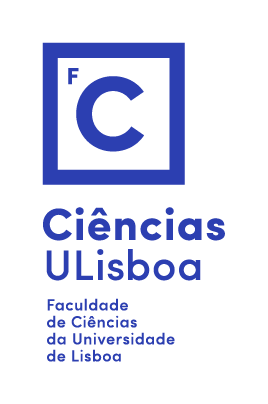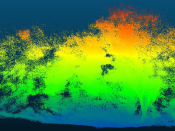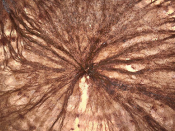Por Cristina Branquinho (H.C. Serrano, A. Nunes, P. Pinho, P. Matos) cE3c - eChanges.
During the Anthropocene Era, we expect most ecosystems to be affected by at least one anthropogenic driver (whether it is global or local). Some drivers, such as some pollutants (e.g. DDT) never existed in nature and others existed in much lower amounts or intensity (carbon dioxide or ammonia). Ecosystems are currently affected by drivers, which limit or impact biodiversity with different intensities. In this work, we use the term ‘Driver Intensity’ to convey not only the amount but also the toxicity of the drivers affecting biodiversity. Additionally, the driver’s intensity changes over time. In the past, biodiversity was mostly affected by air pollution (e.g. sulphur dioxide and metals), while nowadays nitrogen pollution is the driver with stronger effects on biodiversity, particularly in rural areas. In the future, we expect changes in climate patterns due to climate change to become the most important driver. Sulphur dioxide in the atmosphere increased almost ten-fold during the industrial revolution (with its maximum in the '70s), whereas ammonia emissions increased more recently and with an intensity of approximately four-fold. Climate change effects on biodiversity are mostly related to changes in the deviation from average climatic variables, such as the case of global surface temperature. Due to this, significant changes were only recently detected, and its intensity is still low in comparison with the magnitude of the previous drivers. In the Era of Anthropocene and under the framework of the Essential Biodiversity Variables, the main aim of this work is to call attention for the need to develop Biodiversity Change Indicators and Surrogates to monitor biodiversity changes. These can only be interpreted and applied after knowing their relationship with the drivers that limit or impact biodiversity. Our conceptual model will be based on the selection of the most cost-effective biodiversity change metric having in mind the nature and intensity of drivers, and the nature of the Essential Biodiversity Variables.










